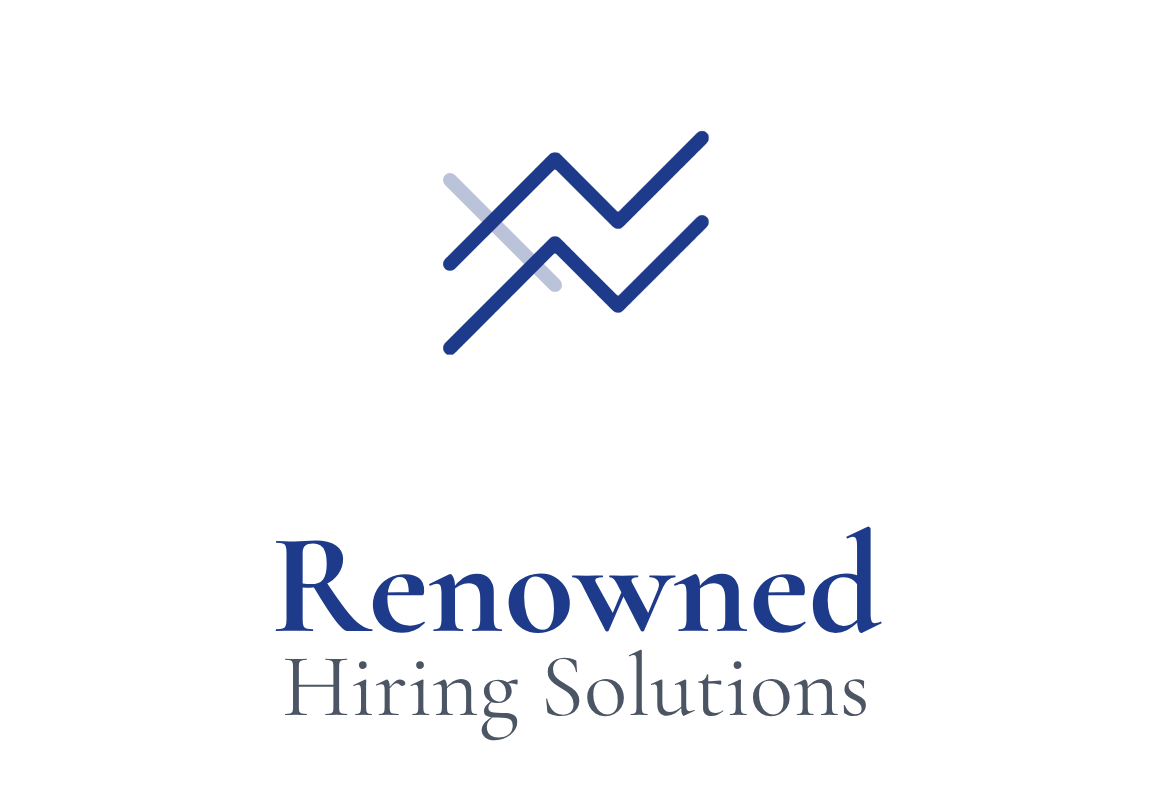The Visibility Crisis: Why the Old Way of Applying Doesn’t Work Anymore
In today’s job market, two major forces are working against the passive applicant: economic volatility and technological gatekeeping. Companies are risk-averse, hiring only for critical, immediate needs, which means they are looking for a guaranteed Return on Investment (ROI), not just someone to fill a seat. Simultaneously, up to 75% of your applications are first screened by Application Tracking Systems (ATS) and AI, making the process a “machine test” before it’s a human one.
To get seen, you must stop being a passive applicant and start becoming a solution provider. This requires a fundamental shift in strategy.
Step 1: Master the Machine Test (ATS & AI Compliance)
The first hurdle to visibility isn’t the hiring manager—it’s the algorithm. If your resume isn’t machine-readable, a human will never see it.
1.1. ATS Compliance: Simple Formatting is Key
ATS systems are designed for predictable data extraction. Your goal is to make their job easy:
- Do Use: Simple Word documents or basic PDFs (avoiding complex, graphical designs).
- Do Use: Standard section headings like “Work Experience,” “Education,” and “Skills.” Non-standard titles (e.g., “My Career Journey”) confuse the parser.
- Do Not Use: Headers, footers, tables, columns, graphics, or non-standard symbols, as these elements often break the parser, causing critical data loss.
1.2. The Power of Keywords and Quantification
To pass the keyword filter, you must tailor your professional language to the job description and industry. This goes beyond your resume; ensure your LinkedIn profile is also fully keyword-optimized, as recruiters often search these platforms for passive candidates.
The universal language of business is quantification. Every bullet point should answer the question: “How did I reduce risk or increase ROI?”
- Instead of: “Responsible for managing social media marketing.”
- Use: “Increased social media engagement by 40% over six months, resulting in 20% more qualified inbound leads.”
Quantification is what translates responsibility into concrete, measurable impact that a hiring manager immediately values.
Step 2: Bypass the Line with Value-Driven Outreach
Once you’ve passed the machine test, how do you get noticed by the human decision-maker amidst hundreds of other applicants? You must engage the Hidden Job Market. Up to 70% of quality roles are filled through referrals and direct outreach, never making it to a public job board.
The best way to be seen is by showing, not telling, and acting like a business consultant.
2.1. The “Reverse Engineer the Problem” Playbook
This is the highest-impact strategy for gaining immediate visibility:
- Deep Research: Identify a specific, quantifiable problem the target company is currently facing. This could be a drop in a key performance indicator (KPI) mentioned in their public reports or a challenge discussed by leadership.
- Propose a Solution (The Day 1 Impact Plan): Create a targeted micro-presentation or a brief, strategic document outlining an actionable, metric-driven solution.
- Connect Your Success: Frame the solution by connecting it directly to a past, quantifiable success story from your own history.
Example Action: Instead of sending a generic cover letter, email the hiring manager a brief analysis titled: “Three-Phase Approach to Optimize Stock Levels to Address Your Q4 Inventory Turnover Drop,” demonstrating you’re ready to solve their problem on Day 1.
2.2. The “Before You Need Me” Strategy
This proactive approach establishes your expertise before a role is even posted. Your goal is to become an invaluable, recognized voice in the company’s digital ecosystem.
- Create Targeted Content: Write a detailed LinkedIn post or a professional article analyzing a recent company product feature, report, or a public statement made by the CEO.
- Build Digital Authority: By tagging and directing this analytical content toward key players, you are establishing yourself as an expert solution-provider. When a hiring need arises, you’re no longer a cold applicant—you are the pre-vetted expert they already know.
Step 3: Future-Proof Your Image (Emphasize the Human Differentiator)
As AI takes over routine execution tasks (drafting copy, generating code), the value of the human worker shifts entirely to the skills AI cannot replicate. To stand out, you must overtly demonstrate these non-automatable core competencies:
- Problem-Solving: Show how you define and frame complex issues.
- Critical Thinking & Pragmatism: Demonstrate your ability to apply human judgment to AI-generated output, correcting for bias, inaccuracy, or lack of organizational reality.
- Collaboration & Communication: These are the essential soft skills for the modern hybrid workplace.
For experienced professionals, demonstrating technological relevance is key. Show comfort with modern platforms and be proactive about updating skills. For recent graduates, focus on aggressively substituting project-based, academic, and volunteer achievements for traditional work history, ensuring you quantify the scale of your impact in these non-traditional roles.
Getting seen in a competitive market isn’t about luck; it’s about a strategic, three-pronged plan: flawless machine compliance, aggressive value demonstration, and a focus on essential, non-automatable human skills.
Ready to Take Control of Your Job Search?
Getting seen requires commitment, but the payoff is worth the effort. For more in-depth strategies, resources, and expert interviews, visit our website and tune into our weekly podcast:


Leave a Reply